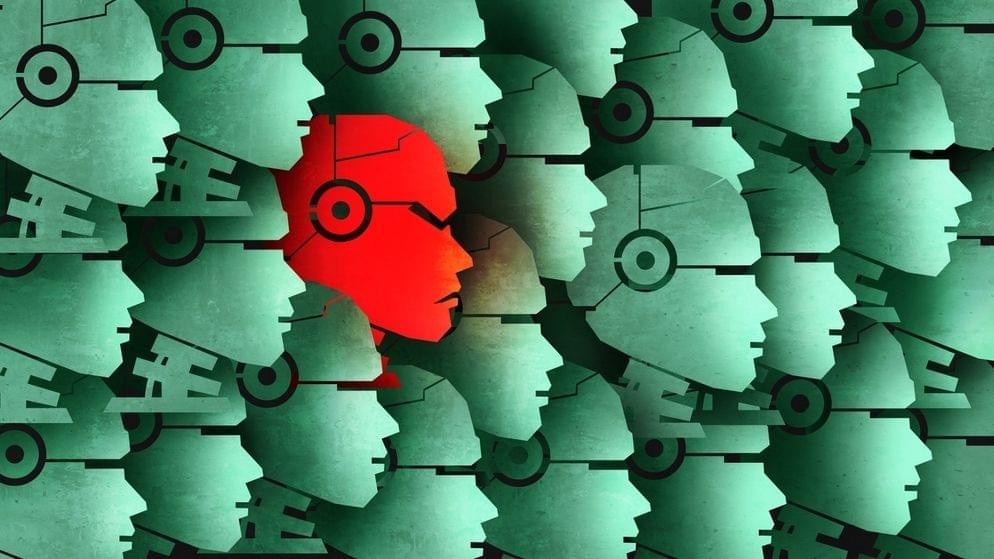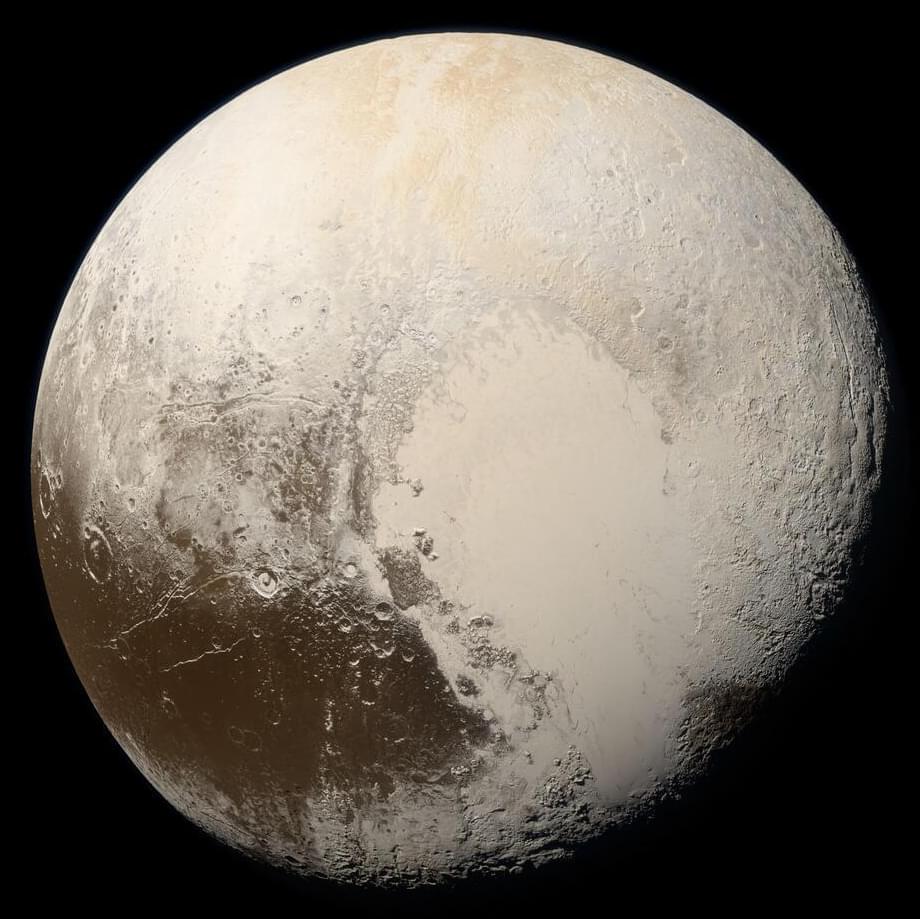“As more information becomes available, the news summary will update to include that information,” Musk told Big Technology. “The goal is simple: to provide maximally accurate and timely information, citing the most significant sources.”


Tesla’s heavy investment in AI and autonomy, potential for full self-driving capability, and innovative business model have the potential to revolutionize multiple industries and generate massive revenue through software subscriptions and other ventures.
Questions to inspire discussion.
What is Tesla’s focus on AI and autonomy?
—Tesla is heavily investing in AI and autonomy, with plans for a fleet of autonomous vehicles and humanoid robots generating massive revenue through software subscriptions.

They arrived back to a hero’s welcome as thousands gathered to witness the landing. Both Rutan brothers and Yeager were each awarded a Presidential Citizens Medal by President Ronald Reagan, who described how a local official in Thailand at first “refused to believe some cockamamie story” about a plane flying around the world on a single tank of gas.
“We had the freedom to pursue a dream, and that’s important,” Dick Rutan said at the ceremony. “And we should never forget, and those that guard our freedoms, that we should hang on to them very tenaciously and be very careful about some do-gooder that thinks that our safety is more important than our freedom. Because freedom is awful difficult to obtain, and it’s even more difficult to regain it once it’s lost.”
Richard Glenn Rutan was born in Loma Linda, California. He joined the U.S. Air Force as a teenager and flew more than 300 combat missions during the Vietnam War.

Researchers at Tohoku University have made a groundbreaking advancement in battery technology, developing a novel cathode material for rechargeable magnesium batteries (RMBs) that enables efficient charging and discharging even at low temperatures. This innovative material, leveraging an enhanced rock-salt structure, promises to usher in a new era of energy storage solutions that are more affordable, safer, and higher in capacity.
Details of the findings were published in the Journal of Materials Chemistry A on March 15, 2024.
The study showcases a considerable improvement in magnesium (Mg) diffusion within a rock-salt structure, a critical advancement since the denseness of atoms in this configuration had previously impeded Mg migration.


Researchers have discovered what they’re calling a “cosmic glitch” in gravity, which could potentially help explain the universe’s strange behavior on a cosmic scale.
As detailed in a new paper published in the Journal of Cosmology and Astroparticle Physics, the team from the University of Waterloo and the University of British Columbia in Canada posit that Albert Einstein’s theory of general relativity may not be sufficient to explain the accelerating expansion of the universe.
Einstein’s “model of gravity has been essential for everything from theorizing the Big Bang to photographing black holes,” said lead author and Waterloo mathematical physics graduate Robin Wen in a statement about the research. “But when we try to understand gravity on a cosmic scale, at the scale of galaxy clusters and beyond, we encounter apparent inconsistencies with the predictions of general relativity.”

Center for natural and artificial intelligence.

The mystery of how Pluto got a giant heart-shaped feature on its surface has finally been solved by an international team of astrophysicists led by the University of Bern and members of the National Center of Competence in Research (NCCR) PlanetS. The team is the first to successfully reproduce the unusual shape with numerical simulations, attributing it to a giant and slow oblique-angle impact.
Ever since the cameras of NASA’s New Horizons mission discovered a large heart-shaped structure on the surface of the dwarf planet Pluto in 2015, this “heart” has puzzled scientists because of its unique shape, geological composition, and elevation. A team of scientists from the University of Bern, including several members of the NCCR PlanetS, and the University of Arizona in Tucson have used numerical simulations to investigate the origins of Sputnik Planitia, the western teardrop-shaped part of Plutos heart surface feature.
According to their research, Pluto’s early history was marked by a cataclysmic event that formed Sputnik Planitia: a collision with a planetary body about 700 km in diameter, roughly twice the size of Switzerland from east to west. The team’s findings, which were recently published in Nature Astronomy, also suggest that the inner structure of Pluto is different from what was previously assumed, indicating that there is no subsurface ocean.
Non-personalized content and ads are influenced by things like the content you’re currently viewing and your location (ad serving is based on general location). Personalized content and ads can also include things like video recommendations, a customized YouTube homepage, and tailored ads based on past activity, like the videos you watch and the things you search for on YouTube. We also use cookies and data to tailor the experience to be age-appropriate, if relevant.
Select “More options” to see additional information, including details about managing your privacy settings. You can also visit g.co/privacytools at any time.